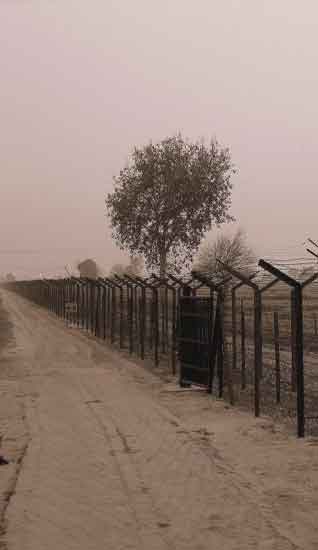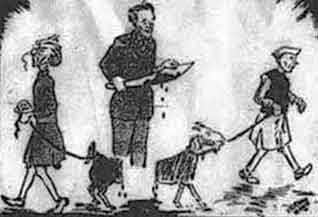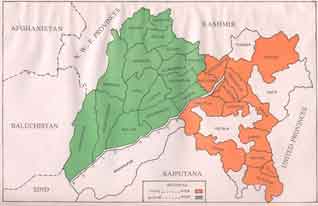Art
The Radcliffe Line:
An Exhibition by Tajender Kaur Sagoo
In 1947 British lawyer Cyril Radcliffe drew a line of partition across the British-ruled subcontinent, causing one of the largest mass migrations in world history of some 10 million people, in a swift and violent division of communities.
Radcliffe had never visited the land he was asked to divide, or ever studied it. He was given five weeks to complete the task of carving out two new countries: India and Pakistan. Doing it virtually alone, shut in a room, the deed was done. He was flown in and whisked out within those five weeks.
The line he drew through the Sikh homeland of Punjab is known as The Radcliffe Line.
Punjab and Bengal bore the brunt of the Parition, both being torn asunder in unseemly haste, feeding into the frenzy of the internecine massacres that quickly enveloped the land.
Artist Tajender Kaur Sagoo presents a collection of textiles from the partitioned regions of Punjab, Gujarat, India and the Chittagong Hill Tracts, Bangladesh.
Accompanying the exhibition is a “living display of a native artisan of Punjab”.
The Radcliffe Line is a visual essay in response to the book “India by Design; Colonial History and Cultural Display,” by Saloni Mathur.
Open Saturday & Sunday only
12th 13th / 19th 20th / 26th 27th October 2013
12 - 6pm
Free
Tajender Sagoo Studio
Limehouse Town Hall
646 Commercial Road
London E14 7HA
United Kingdom
www.popsamiti.org
No disabled access
DLR - Limehouse, Westferry
Local Buses - 15, 115, D3
October 5, 2013
Conversation about this article
1: Sunny Grewal (Abbotsford, British Columbia, Canada), October 05, 2013, 1:53 PM.
I always found it interesting that the British were a group of people who deprived people of their land across the world on the basis that their sense of ownership conflicted with British notions. Yet in Punjab during the Parition, where people did have "old world" ideas towards property ownership, the British divided the land up on population rather than land ownership. The result being that the Sikhs lost all their farmlands, the Hindus lost the cities, and the Muslim peasants were rewarded.
2: R Singh (Surrey, British Columbia, Canada), October 06, 2013, 1:16 AM.
I have heard a theory that the Congress leaders, sensing the emergence of an independent India with a large Muslim population, realized that votes would be along communal lines. They thought it prudent to subtly encourage and secretly support Jinnah's demand for an independent Muslim country.






